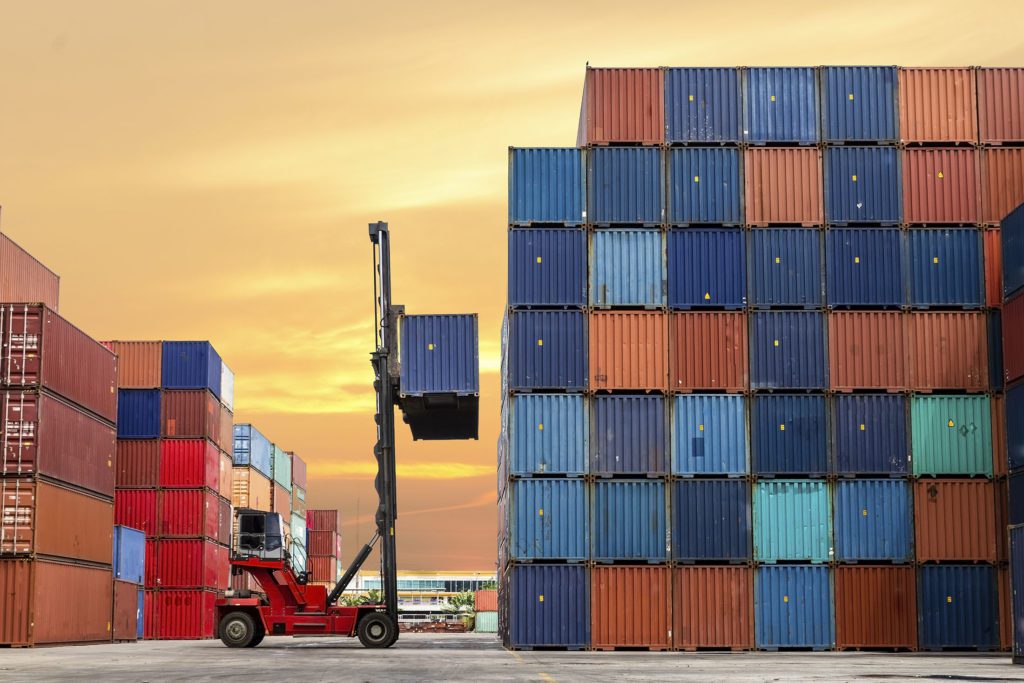How Alta Sees Tariffs Reshaping the Equipment Finance Landscape

April 7, 2025
While the equipment finance (EF) industry has weathered numerous external shocks—such as COVID-19 and the Great Recession—it has never faced a disruption quite like this sweeping global tariff action. The closest parallel is the 2018–2019 trade war with China, when the U.S. imposed tariffs on Chinese imports, including machinery and industrial equipment. During that period, four key trends emerged:
-
- Higher acquisition costs for new equipment sourced from China.
- Increased reliance on leasing as an alternative to outright purchases.
- A shift toward used equipment to mitigate price hikes.
- Delayed or canceled capital expenditure (capex) plans.
This latest round of global tariffs announced by the U.S. on April 3 will have a far more expansive impact and affect a broader range of industries. Compounding the situation are ongoing inflationary pressures and elevated interest rates, which will likely amplify the disruption. Here’s how we anticipate the market responding:
1. Demand for Leasing Will Rise Over Equipment Purchases.
With rising equipment costs, more companies may turn to leasing as a financially viable option to mitigate upfront capital expenses and manage cash flow. This could spur renewed interest in operating leases, which eliminate ownership risk in an increasingly volatile market. However, EF firms will need to carefully navigate higher residual value risk, as tariffs could influence long-term asset depreciation. Potential lessees may also divert capital toward raw materials, making leasing a more attractive option to conserve liquidity.
2. Sourcing Strategies Could Shift Toward Domestic and Non-Tariffed Suppliers.
Companies may seek to source equipment from U.S.-based manufacturers, which, of course, boosts domestic production. Alternatively, companies may explore procurement from non-tariffed markets to control acquisition costs.
3. Price Increases Make Residuals More Challenging.
As we saw during the pandemic, temporary disruptions can have lasting investment impacts. Lessors need to be aware not only of the current market, but also of the potential for further upheaval as markets return to normalcy and prices for off-lease equipment return to normal.
4. Used-Equipment Markets Will Tighten, and Equipment Lifecycles Will Expand.
As new equipment becomes more expensive, companies may opt to extend the lifespan of their existing assets through enhanced predictive maintenance strategies. This shift could reduce the supply of used equipment, driving up secondary market prices and making off-lease assets more valuable. EF firms may also find opportunity in offering financing for vendor equipment upgrades or trade-ins, drawing on pre-tariff inventory or secondary suppliers.
5. Lease Extensions and Buyouts Will Increase.
Companies with equipment nearing the end of their leases may desire to extend existing agreements or exercise buyout options rather than replace assets at higher prices. As a result, the availability of used equipment could decline, further intensifying demand and increasing prices in the secondary market. In response, EF firms may need to refine remarketing strategies to capitalize on heightened demand for pre-owned equipment.
6. Equipment Financing Structures May Need to Evolve.
To help companies navigate these cost pressures, EF firms may introduce more flexible financing solutions, such as subscription-based models (spreads cost over time), deferred payment plans (helps manage increased costs), and technology refresh initiatives (for equipment where product obsolescence is high). Captives are in a unique position as their parent manufacturer can offset some of the impact of the tariffs with incentive programs. It has yet to be determined whether the announced tariffs will apply only to finished products or to imports of significant component parts, the answer to which may disproportionately affect captives.
7. Tariffs Could Stress Financial Covenants.
Corporate borrowers may see covenant compression under bank facilities due to decreased margins and profits. Refinancing of equipment previously purchased with cash could provide them with necessary breathing room under Fixed Charge Coverage ratios.
8. Supply Chain Shortages May Resurface.
Finance companies that focus on assets dominated by international manufacturers due to limited supply from U.S. manufacturers may face supply-chain shortages as U.S. manufacturing for these products might not be able to keep pace with increased demand.
9. Default Risk May Climb in Certain Sectors.
U.S.-based lessees whose businesses rely heavily on foreign production of raw materials or require foreign parts to repair or maintain their leased equipment may find themselves facing higher operating costs and lower margins which may lead to unforeseen payment defaults from historically high-quality lessees.
Ultimately, the global tariff landscape is reshaping equipment financing in profound ways. While challenges lie ahead, there are also new opportunities for financing providers to adapt and deliver innovative solutions that help businesses navigate this uncertain environment.
Connect with one of our advisors to learn how The Alta Group can help you navigate tariff-driven disruption with confidence.
Want to know more about the dynamics that will impact equipment finance in 2025? Be sure to download our Insights report, an overview of the biggest opportunities and challenge facing the industry this year.
Get Alta Insights,
written by our advisors delivered to your inbox.
By submitting this form, you are consenting to receive marketing emails from: The Alta Group, http://foresight.agency/. You can revoke your consent to receive emails at any time by using the SafeUnsubscribe® link, found at the bottom of every email. Emails are serviced by Constant Contact